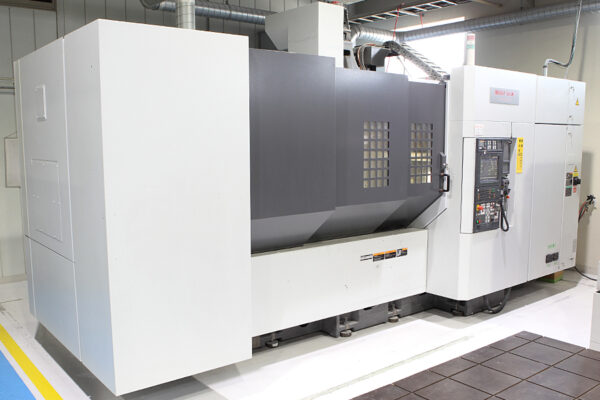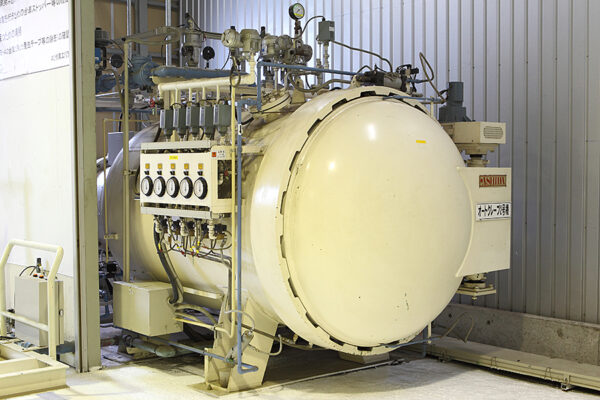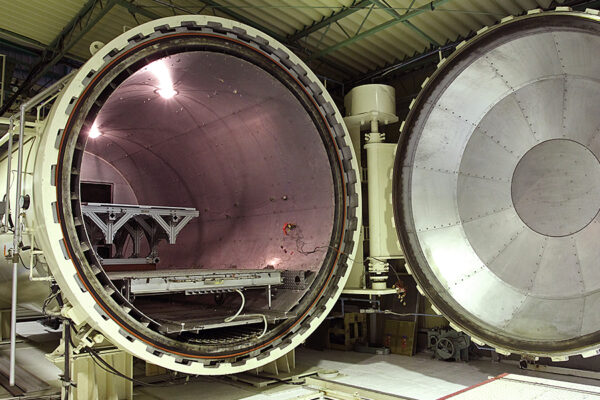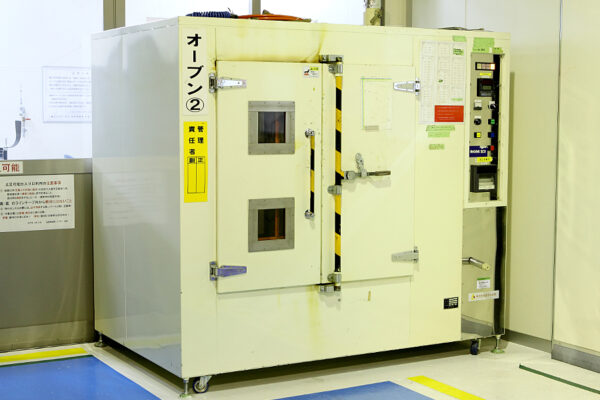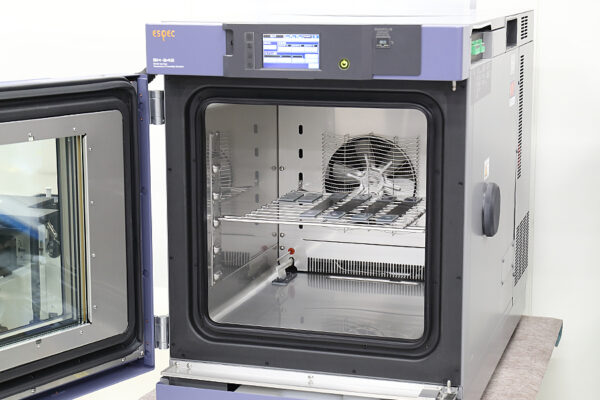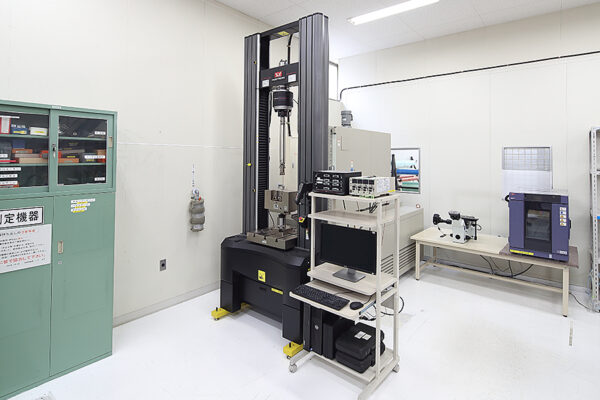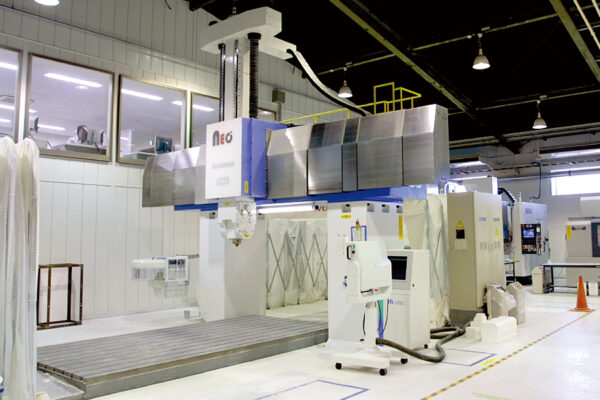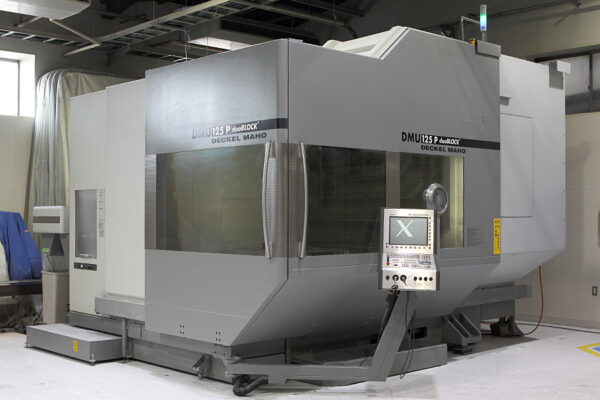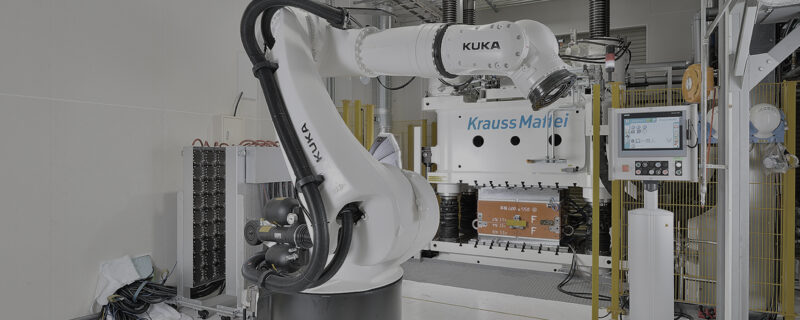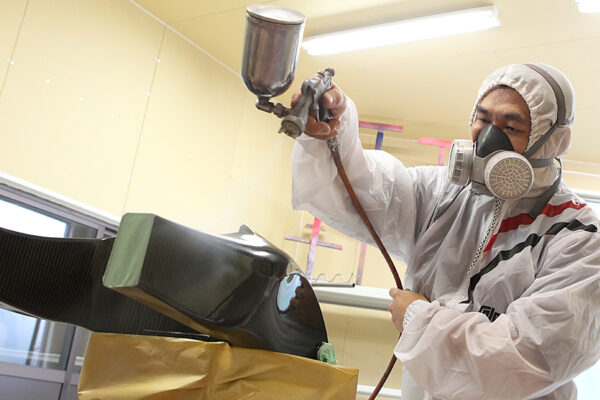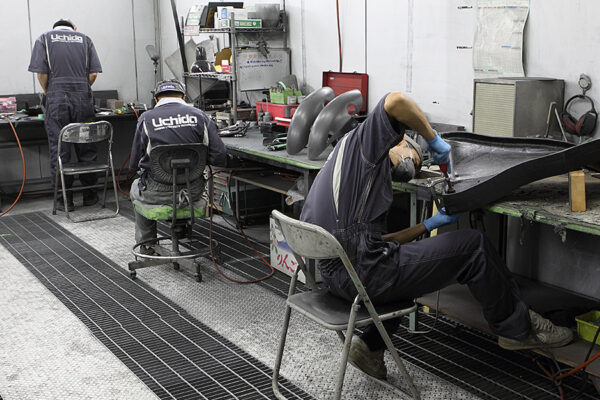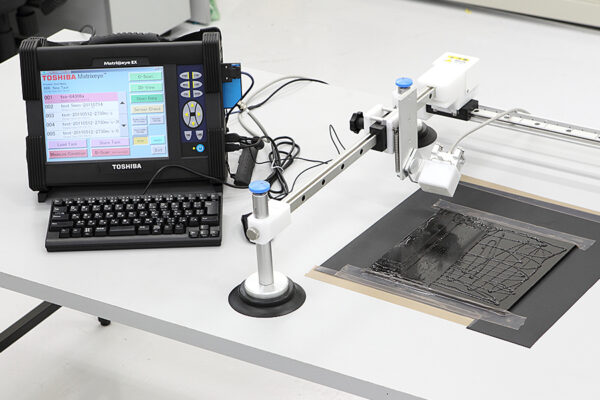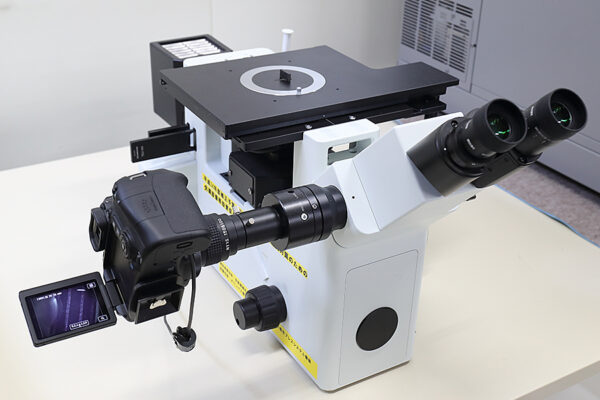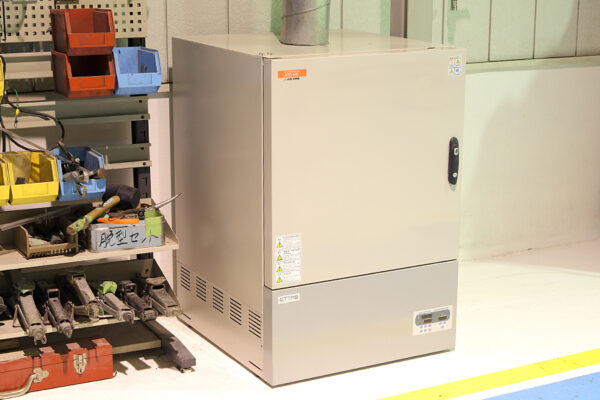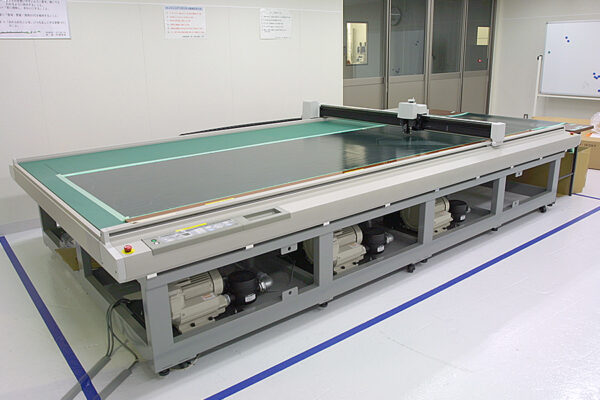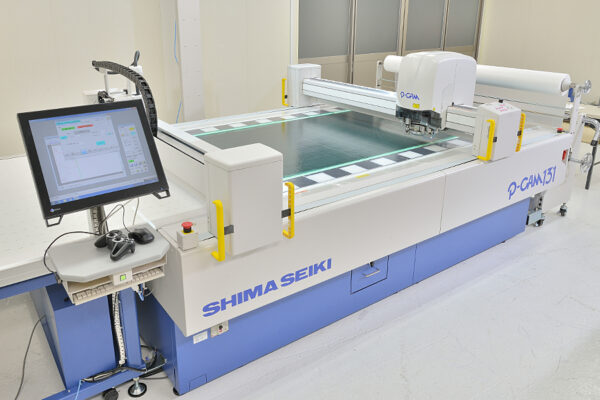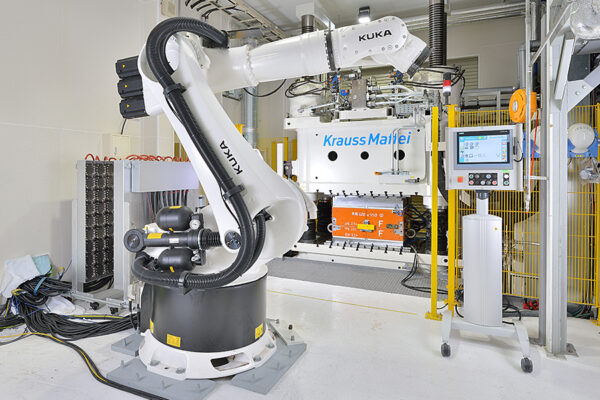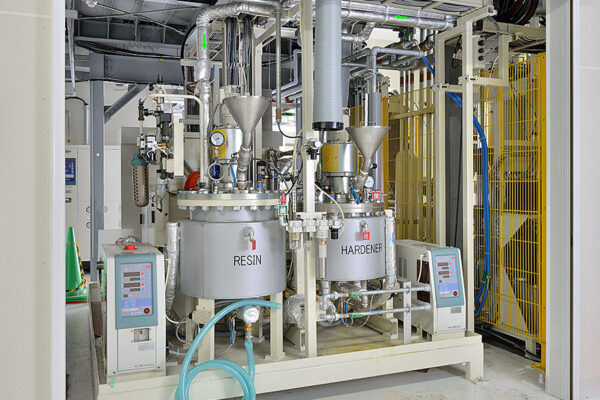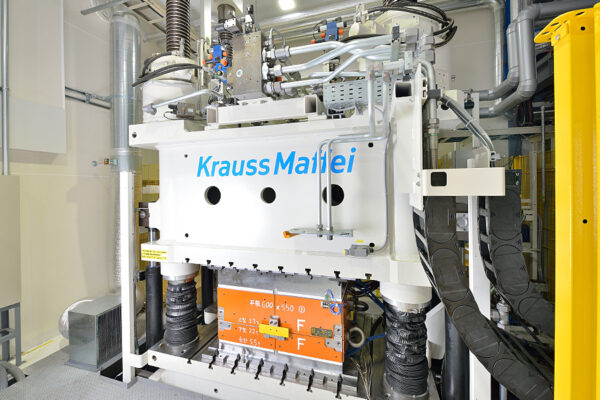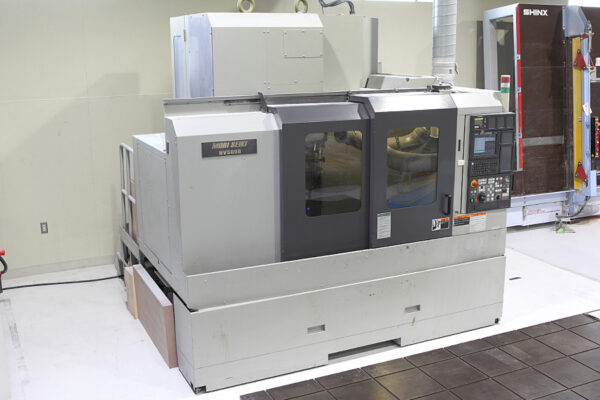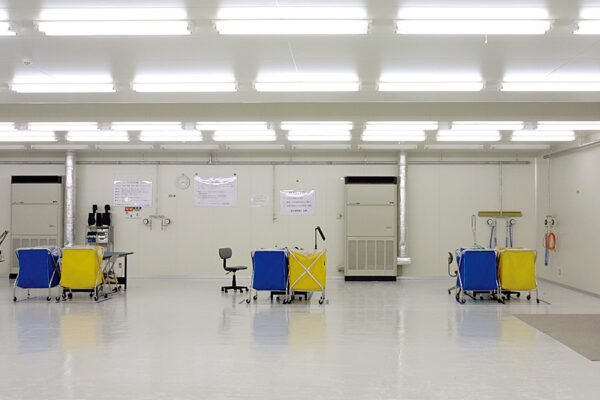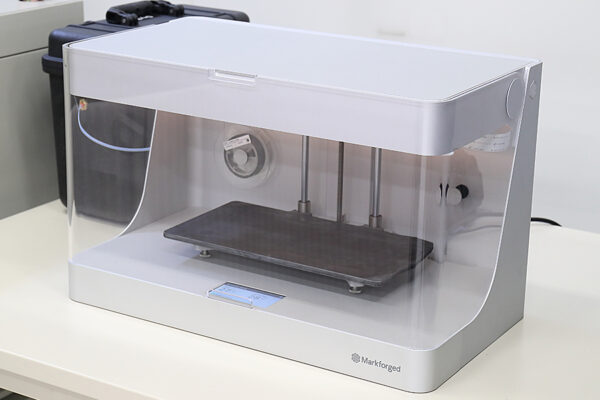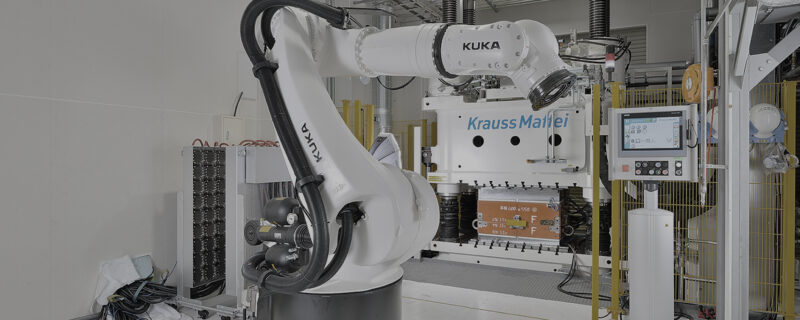Introduction
CFRP (Carbon Fiber Reinforced Polymer, CFRP) is used in many industries as a material that combines excellent strength, light weight, and high rigidity. CFRP has especially demonstrated its capabilities in the aerospace, automotive, and sporting goods industries, where high performance is required. However, one of the most important factors in the use of CFRP is its “heat resistance temperature. In this column, we will explain the heat resistance properties of CFRP and discuss how it can be utilized.

Heat Resistance Properties of CFRP
The heat resistance of CFRP is mainly determined by the combination of carbon fiber and polymer resin. While carbon fiber itself has properties that can withstand very high temperatures, polymer resins are generally relatively weak against heat. Therefore, the overall heat resistance temperature of CFRP is greatly affected by the type of resin used.
Heat Resistance of Carbon Fiber
Carbon fiber itself is composed primarily of carbon elements and can withstand very high temperatures due to the chemical stability of carbon. In general, carbon fiber has the ability to withstand temperatures of 2000°C or higher. Therefore, CFRP in which carbon fiber is used can maintain its strength in high temperature environments. 2.
Heat Resistance of Resins
On the other hand, the heat resistance temperature of resins used in CFRP (epoxy resins, polyurethane resins, vinylester resins, etc.) is usually around 150-250°C. In high-temperature environments, resins may deteriorate, resulting in loss of strength and elasticity. Therefore, the heat resistance of the resin is a limiting factor in the overall heat resistance of CFRP.
CFRP Heat Resistance Temperature and Resin Types
The heat resistance temperature of CFRP depends on the type of resin used. The heat resistance temperatures of typical resins are shown below.
– Epoxy resins: The most commonly used resin, with a heat resistance temperature of approximately 120-150°C. It is used for aircraft structural parts and automobile parts.
– Polyurethane resin: Heat resistance temperature is about 150-180℃. Used for parts requiring abrasion resistance and flexibility.
– Vinylester resins: Heat resistance of approximately 180-200°C and high chemical stability. Suitable for use in harsh environments.
– Phenolic resins: These resins have heat resistance of approximately 250°C or higher and exhibit excellent thermal stability. Suitable for situations where use in high-temperature environments is required.
How to increase the heat resistance temperature of CFRP
Several methods are taken to improve the heat resistance of CFRP.
Use of high heat-resistant resins
The heat resistance of CFRP can be improved by using special resins with high heat resistance temperatures. For example, polyimide resin and Pirola resin, which have excellent heat resistance, can be used. 2.
Improved Resins
Resins with enhanced heat resistance are also being developed. For example, epoxy resins with enhanced heat resistance or resins mixed with special additives are sometimes used. 3.
Carbon Fiber Reinforced
It is possible to improve heat resistance properties by changing the type of carbon fiber. For example, the use of pitch-based carbon fiber, which has high heat resistance, improves heat resistance.
Use of Coating Technology
Heat resistant coatings can be applied to the surface of CFRP to further improve its heat resistance temperature. For example, silicon-based coatings or ceramic coatings may be applied.
Heat Resistance Temperatures of CFRP and Areas of Application
The heat resistance of CFRP is very important in its applications. Resin selection and modification are important for applications where heat resistance is required. The following are examples of applications where CFRP’s heat resistance is important.
– Aerospace Industry: CFRP is very important in highly technical aircraft structural components and in space exploration. These applications require heat resistance in high temperature environments.
– Automotive Industry: Heat resistance is an important factor in high-performance automotive components, especially engine components and exhaust systems.
– Sporting goods: CFRP is also used in situations where it is subjected to heat loads, such as cycling and bicycle competition frames.

Conclusion
The heat resistance temperature of CFRP is mainly determined by the resin used, but carbon fiber itself can withstand very high temperatures. Appropriate resin selection and modification are required to increase heat resistance. Heat resistance is especially important for products used in high-temperature environments, and technological development is underway to maximize its characteristics.
Related useful contents
You can explore related content by clicking on a topic of interest.
ABOUT UCHIDA - 55 years since our founding
We leverage a wealth of technical expertise as a CFRP molding and processing manufacturer using FRP, GFRP, and CFRP materials. We offer a one-stop solution, encompassing design, analysis, manufacturing, secondary processing, assembly, painting, quality assurance, and testing.
UCHIDA's equipment
We have cutting-edge equipment to ensure that we can address even the most advanced challenges of our customers.
Video Library
In the following video, we provide a detailed overview of our manufacturing process. Please feel free to watch and learn more.
Contact us


